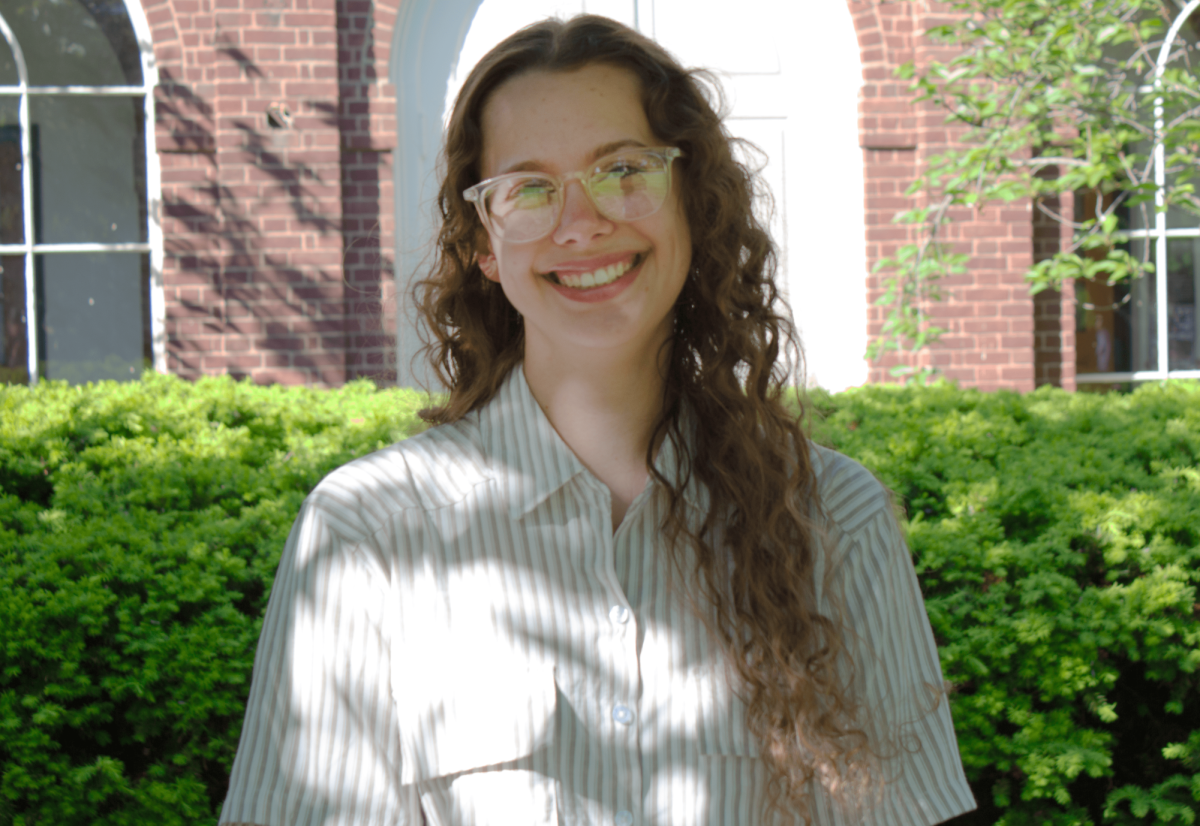By Courtney Bottazzi
Writer
Blackboard tools help faculty and staff monitor plagiarism by digitally checking students’ submitted work.
The University student handbook defines plagiarism as “the act of using other people’s ideas or expressions in…writing without acknowledging the source.”
“Another form of cheating would involve submitting another student’s essay, lab report, etc., as if it were the student’s own, original work,” said Leslie Harris, instructional technologist and systems support specialist. By submitting work that has been plagiarized, there is a much greater chance this injustice will be recognized, he said.
The two tools on Blackboard most commonly used by University faculty are “Direct Submit” and “SafeAssign.”
“As part of our Blackboard license, we have access to a product called SafeAssign that is integrated into Blackboard. If a faculty member suspects that a student’s essay, lab report, etc., involves copying, professors can ‘Direct Submit’ the student work to SafeAssign,” Harris said. “Another method faculty members can use is to create a ‘SafeAssignment’ in a course. With a SafeAssignment, the student submits the written work via Blackboard, and the student’s submission is automatically checked for originality after it is submitted to the server,” he said.
The system checks students’ writing against a local database of work recently submitted by University students as well as against a global database of work published on the Web and in scholarly journals, Harris said. It also compares the assignments with assignments submitted by students at other schools that use SafeAssign.
“When a student assignment is submitted to SafeAssign either directly or via a SafeAssignment, the student writing is checked against a local database of work that has been previously submitted by Bucknell students, and also against a global database of work that has been published on the Web, in scholarly journals and by students at other schools around the world that use SafeAssign,” Harris said.
A plagiarized assignment can be compared to anything Blackboard can find virtually. After finding a match between a recycled and original piece of work, professors are able to begin a comparison of the two.
“The SafeAssign server issues an ‘originality report’ to the professor that indicates how much of the submitted work appears to be copied from pre-existing sources,” Harris said. High matching scores indicate that the student likely plagiarized or copied from another student or source. The report also flags the copied text and includes a side-by-side comparison of the two writings for faculty members.





















